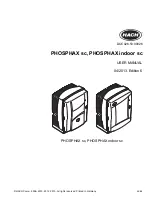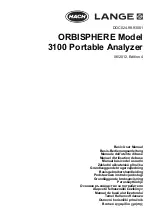
10
Versions 1.0
a new test strip.
Note:
If the specimen applied to the Specimen Application Area is not enough,
do not add more specimens to the test strip. Instead, retest with a new strip. If
the E-2 Error or another error appears on the display, please discard the used
strip and retest with a new strip.
Code Number
Printed on each package of test strips is a code number , lot number, unopened
expiration date, and test quantity.
Test strip Precautions and Instructions for Use
• Test strips should be stored in their tightly capped protective canister or foil
pouch to keep them in working condition.
• Do not store test strips outside of their package. Test strips must be stored in
the original package and sealed tightly.
• Do not transfer test strips to a new package or any other container.
• Replace the cap on the test strip canister immediately after removing a test
strip.
•
A new canister of test strips may be used for 3 months after first being opened.
The opened expiration date is 3 months after the date the canister was first
opened. Write the opened expiration date on the canister label after opening.
Discard the canister 3 months after it is first opened. Usage after this period
may result in inaccurate readings.
• For in vitro diagnostic use. Test strips are to be used only outside the body for
testing purposes.
• Do not use test strips that are torn, bent, or damaged in anyway.
• Do not reuse test strips.
• Before performing a test, make sure that the code number on the meter display
matches the number shown on the test strip canister or foil pouch and on the
RFM-101 insert 20191125.indd 10
2019/11/27 10:42:05













































